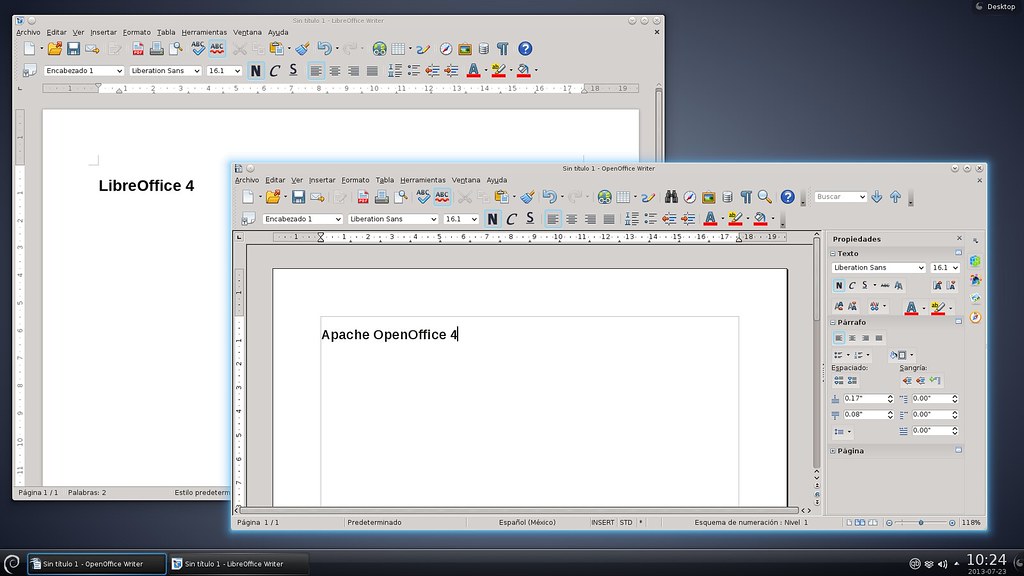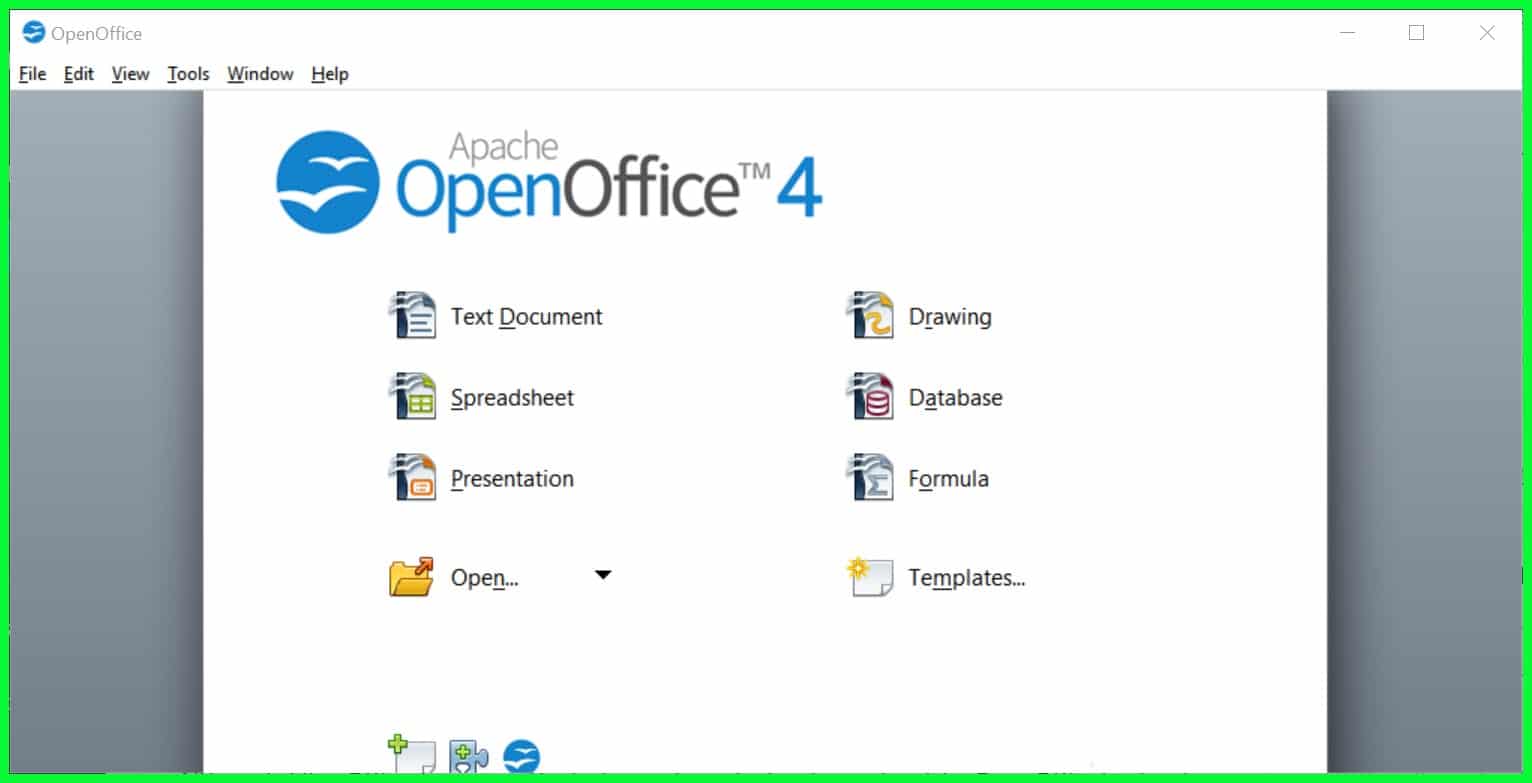

The US Library of Congress has some pragmatic notes on these formats. In practice, therefore, the Strict format is less well supported than Transitional – even though Microsoft has offered Strict as an option since 2012.

This is the issue referenced by The Document Foundation above yet LibreOffice itself saves in the Transitional format, and an open issue to support Strict gets little attention. A further complication is that in theory a variety of OOXML called Strict is the preferred standard, but in practice everyone (including Microsoft) uses OOXML Transitional, and realistically it seems that the period of transition may never end.


 0 kommentar(er)
0 kommentar(er)
